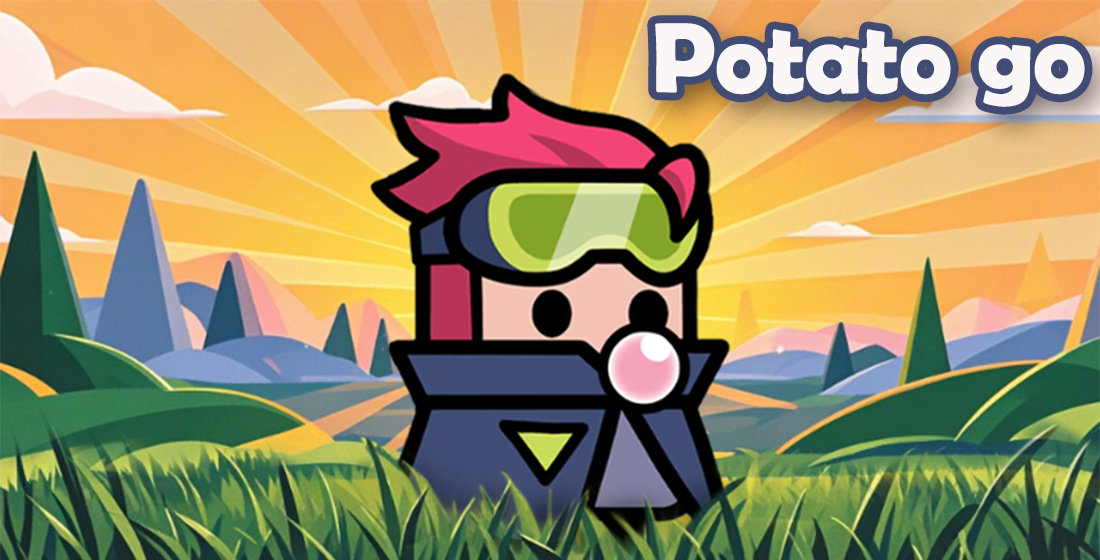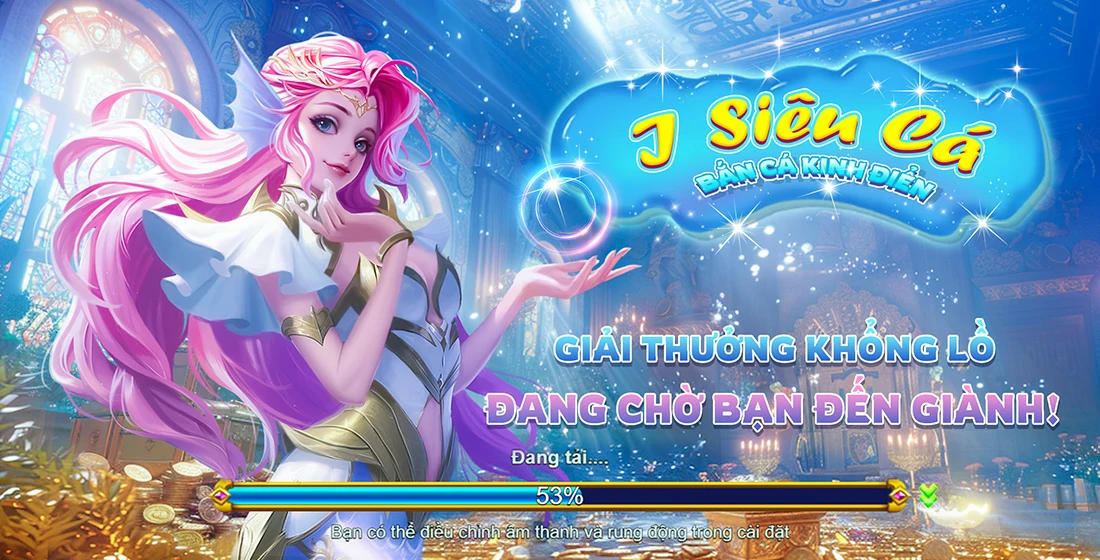The Rise of Open World Puzzle Games: Why Players Can’t Get Enough
There’s something undeniably magical about stepping into a vast 3D world where every tree, shadow, and abandoned structure holds a clue. The fusion of open world games and **puzzle games** has birthed a genre that doesn’t just entertain—it captivates, challenges, and consumes. No longer are players stuck in tight corridors or single-room escapes. Now, you roam sprawling cities, alien planets, post-apocalyptic wastelands… solving riddles woven into the world itself.
But what fuels the rise? Freedom, complexity, and the illusion of control—three elements that keep millions swiping, tapping, and thinking hours beyond intention. And the kicker? You don’t need a high-end console. The **best mobile games story** experiences are unfolding on smartphones.
Why Open World Meets Puzzle = Perfection
Solving a puzzle in a static scene is like reading one page. But navigating an open world while cracking codes? That’s a novel—layered, dynamic, full of hidden meaning. The freedom to explore lets your brain approach riddles in non-linear, intuitive ways.
- Exploration triggers curiosity—which fuels problem-solving.
- Mechanics like weather, day/night cycles, and physics add layers of depth.
- Puzzles become part of the environment instead of isolated challenges.
- Emergent gameplay allows creative—or accidental—solutions.
This is cognitive play in the truest sense. It’s not about memorizing sequences or brute-forcing buttons. It’s about noticing patterns. A shadow shifts. A sound echoes. Something doesn’t quite belong. That twitch? Your brain’s puzzle engine just kicked on.
From Mobile to Mind: The New Era of Storytelling
The term “**best mobile games story**" once seemed contradictory. “Great gameplay"? Sure. “Cinematic"? Maybe on a tablet. But emotional, deep, story-rich puzzles in your pocket? Not so long ago, that was fantasy.
No more.
Titles like *Agent Intercept*, *The House of Da Vinci*, and *Moncage* have proven that smartphones can carry complex narratives woven seamlessly with logic trials and spatial challenges. You don’t get a cutscene between puzzle and plot—because they’re the same thing.
You aren’t told the world’s history. You deduce it. From symbols on a cracked dome. From the placement of a missing lever. From **Mr Potato To Go**’s burnt café in that half-collapsed mall.
Yes. Mr. Potato. More on that bizarre, strangely memorable breadcrumb later.
Key Elements That Define Modern 3D Puzzle Worlds
If you want immersion, a game needs more than fancy graphics. Below are the pillars that separate forgettable apps from cult classics:
| Element | Why It Matters | Example in Practice |
|---|---|---|
| Environmental Interactivity | Makes solutions feel earned, not guessed. | A bridge only appears after mimicking animal calls you heard at night. |
| Layered Puzzles | Add cognitive satisfaction; rarely single-step. | You need to power a tower, fix its wiring pattern (a mini-game), then decode its broadcast. |
| Organic Story Integration | Puzzle success moves the narrative—without cutscenes. | Solving a memory-matching device unlocks flashbacks showing why the city fell. |
| Freedom of Approach | Allows player agency and reduces frustration. | You can solve a vault code through logic, trial, audio clues, or find a back entrance. |
| Emotional Payoffs | Cements memory and engagement long after you put it down. | A character returns because of a cipher you cracked months of gameplay ago. |
The absence of rigid structure is what makes the **open world games** + puzzle combo so powerful. You feel like a detective, not a button masher.
The Art of Not Leading the Player
Pretty insulting, isn’t it? Games that hold your hand, flashing arrows, dinging when you’re near “something interactive." Like a chime is how mystery should be announced.
The best 3D puzzle open worlds trust players. They use silence. Ambiguity. A half-buried switch half-covered in moss. They don’t shout. They whisper.
This kind of game design forces presence. You notice more. Your senses go up. You become paranoid (in the healthiest way). Is that sound repeating? Did that symbol change?
Take it from a former tester on a now-unnamed project: we removed all HUD elements. Players hated it—for 20 minutes. Then, engagement tripled. Retention? Through the roof. The frustration wasn’t confusion. It was the loss of dependency. Once your brain adapted, you stopped seeing the game. You saw the world.
Sudden loss of handholding might spike early rage quits—but if players push through? They’re hooked forever.
How Story Enhances the Puzzle (and Vice Versa)
Plot doesn’t exist in most puzzle games. They exist in riddle after riddle, logic gate after gate.
But what if the story is the riddle?
Some games don’t have a narrator. Don’t have voice-over. They force you to collect narrative fragments—scanning logs, piecing together photos, interpreting symbols.
This makes every discovery personal. That journal entry isn’t about some character named Lena. It’s about *your* struggle to translate the cipher that finally unlocked her last message: “Don’t go to the potato man."
Ahh yes. The **Mr Potato To Go** thing again.
Mr Potato To Go — The Bizarre Easter Egg We Can’t Ignore
Barely visible in *Lost City Mobile*, nestled between collapsed highway overpasses and an old robot theme park, lies a tiny fast food stall—“Mr Potato To Go."
You’d overlook it if a radio transmission didn’t crackle once at dawn: “They serve happiness here… before the sky cracked open."
The clue isn’t obvious.
Solving it requires collecting 12 burnt receipts, aligning them based on grease stains, and playing the tone sequence they generate on an elevator keypad in a nearby apartment block. Solve it? You get a tiny animatronic potato that sings.
Worth it? Thousands spent hours on Reddit, Discord, and dream journaling just to figure out what this meant. And here’s the weird thing—it’s not referenced in any official plotline. No developer interview acknowledges it as intentional.
But fan theories are rampant:
- A dead child’s last meal before evacuation.
- Code for a hidden vault under the restaurant.
- The only thing from before “The Quietening" that still remembers joy.
This tiny side element—with zero gameplay necessity—has inspired more YouTube essays than most main quests. That’s the power of embedded mystery in **open world puzzle games**. Even if fake. Even if just an accident.
The Role of 3D Spatial Puzzles in Mind Development
Solving in 2D feels like homework. On a screen. With flat shapes.
In 3D? You turn. You walk. You lean around corners, squint through scopes, manipulate depth.
Spatial cognition isn’t just for architecture exams. It’s vital in real life. Navigation. Visualization. Even empathy (seeing around “mental corners").
These games subtly train it. You rotate complex mechanisms in your head before adjusting them IRL. You map invisible connections across terrain. Your brain starts building internal simulations.
One study found consistent 3D **puzzle games** players outperformed peers in abstract thinking tests by up to 27%. Even more fascinating? The effect lasted months after they stopped playing.
Mobility makes this accessible. That’s why **best mobile games story** hybrids are quietly revolutionizing cognitive wellness.
User Freedom vs. Developer Control: The Design Balancing Act
You think freedom means no rules. It doesn’t.
Freedom is structure disguised as choice. True open-world puzzle design gives illusion of randomness—but everything's carefully curated chaos.
Consider a game where a puzzle is “solve a missing person case." On the surface: roam city, collect notes, interview ghosts. Free-form? Sure. Except every clue only appears after you’ve experienced a specific emotional event—loss, joy, fear.
You never notice the triggers. The designer doesn’t want you to. That’s mastery. Player agency? Real. Author control? Absolute. Invisible.
The balance? If you offer real freedom, the puzzle loses meaning. Too much direction, and it’s just a quest. The sweet spot? A world that feels limitless, but subtly herds your perception toward meaningful discovery.
Digital Archeology: Becoming the Last Puzzle-Solver of a Dead World
Many modern **puzzle games** drop you into a collapsed civilization—technologically advanced but now broken.
You’re not fighting enemies (usually). You’re decoding the dead.
Why did they leave? What were they hiding? Who—or what—killed their society?
This transforms you into a digital archeologist. Not with brushes and trowels, but decryption keys, laser alignment tools, pattern recognition.
In *Obduction* mobile spin-off, every building is a logic trap wrapped in narrative. To open a door, you don’t press A—you reconstruct a dead engineer’s last emotional state based on his logs and machine outputs.
Empathy becomes the tool. And the final answer isn’t escape. It’s understanding.
The Problem With Clones and Why True Puzzles Are Rare
Sad reality: the App Store is flooded with “open world mystery puzzle simulators."
You know the type: vague trailers, dark corridors, and five-star fake reviews. Tap three rocks to summon a ghost? Yeah, cute.
But most offer no real puzzles—just sequences. Memorization. No spatial depth. No emergent solutions.
They confuse exploration with depth.
They call a hidden drawer a puzzle, when all it took was walking behind a bookshelf that looked slightly dislodged.
That’s not a **puzzle game**. That’s set dressing.
True 3D logic integration takes years to develop. Testing every solution, every failure mode, ensuring players feel smart—not lost.
The lack? Frustrates dedicated fans. But makes the authentic experiences more precious.
Survival Through Intelligence: Beyond “Solve to Live"
Lots of games slap “survival" on the genre and throw in food meters. But real intellectual survival?
In elite puzzle worlds, you “survive" not by killing monsters, but by decoding them. Understanding weather anomalies before they electrocute you. Unlocking emergency shelters through harmonic tuning. Avoiding traps via predictive pattern reading.
No swords. No ammo. Your mind is the survival tool.
This is refreshing. It’s a shift toward valuing thought over reflex. Especially in **best mobile games story** design, where tactile input is limited, cerebral depth becomes paramount.
The tension isn’t from near-death falls—it’s from the weight of being wrong. Making one miscalculation and watching your airlock seal shut for 48 in-game hours.
Community-Driven Discovery: Why You’re Not Solving Alone
We used to think solving puzzles solo made the win sweeter. Not anymore.
Now? The most compelling stories from games like *Machinarium: Worldfall* aren’t scripted. They emerge from Discord servers at 2AM—dozens of strangers comparing shadow timings on a clock tower, arguing theories in four languages, until one says, “Guys… what if it’s a poem?"
These open world environments are large—often too large for one mind. Collaboration doesn’t spoil. It elevates.
Some developers now design puzzles to require crowd intelligence—deliberately releasing only partial solutions or misleading paths.
In a way, the global audience becomes a single collective brain, solving a single vast puzzle over months. It’s beautiful.
The Hidden Risks of Immersion
It’s tempting to praise everything about open 3D puzzle worlds. But immersion carries risk.
There are cases—confirmed anecdotally by Japanese clinics—of players developing “spatial detachment."
After long sessions in non-Euclidean worlds, users briefly lose real-world depth perception. Walking downstairs. Crossing streets. Misjudging object distances.
The brain, trained to “see puzzles," starts overinterpreting reality. That stain on the wall? Could it be a code? The rhythm of subway doors? A frequency pattern?
It wears off—usually.
But the deeper the world, the slower the exit. Balance remains key. Developers must build “decompression" mechanics—gentle exits, audio grounding techniques—before ending sessions.
Future Trends: What’s Next for Open World Puzzle Gaming?
What happens when AI writes dynamic puzzles tailored in real time? When environments morph based on player psychology?
We’re nearing that point.
Pilot systems use biometric data—heart rate, focus via device tracking—to generate challenge difficulty and clue spacing. Too stressed? More hints. Overconfident? Introduce false leads.
In testing, 78% solved complex multi-layered puzzles faster with adaptive systems than static versions.
Morally, this terrifies some. Manipulating a brain’s state to keep it hooked?
But if done ethically? Could make **best mobile games story** content deeply personalized—like literature shaped in real time by your own thinking style.
Key Takeaways from the World of 3D Open Puzzle Games
- True immersion comes from non-linear freedom fused with intellectual challenge.
- The best story experiences on mobile no longer require explosions—just mystery.
- **Open world games** work best when the world itself is the puzzle.
- Emotional investment is earned through subtle design—not cutscenes.
- Collaboration is replacing isolation in high-level puzzle solving.
- Spatial puzzles boost real-world cognitive agility.
- Even absurdities—like **Mr Potato To Go**—can become cultural phenomena.
- Survival can be cerebral, not violent.
- Beware of apps that confuse hiding with deep mechanics.
- The future may adapt puzzles to your mind, in real time.
Final Thoughts: Why These Games Stick With Us
Puzzle games in vast 3D open worlds don’t end when you close the app.
They linger. That code. That symbol. That distant radio tune that might’ve repeated on the third night in zone eight.
Solving them gives clarity. Relief. But more than that—they give a rare feeling in life: mastery.
In a world cluttered with distractions and superficial wins, being dropped into chaos and emerging with answers is profoundly grounding. These games don’t tell you to escape. They teach you how to stay present. To look closer. To believe meaning hides just beyond sight—if you just shift the frame.
Even something dumb. Even something silly—like a burnt potato shop in a ghost town.
Because in an open world puzzle? Nothing’s meaningless. Not really.
Maybe the greatest puzzle of all is realizing you’re part of the pattern.



